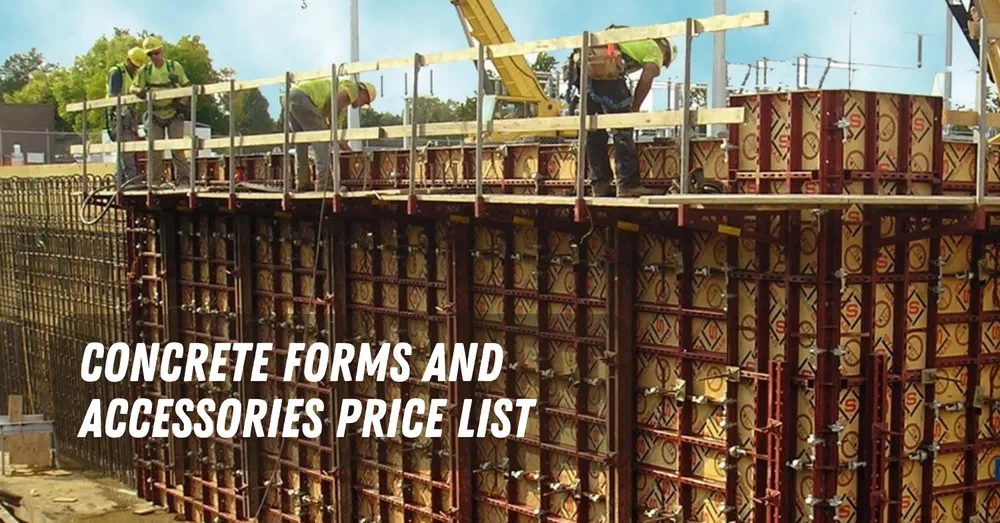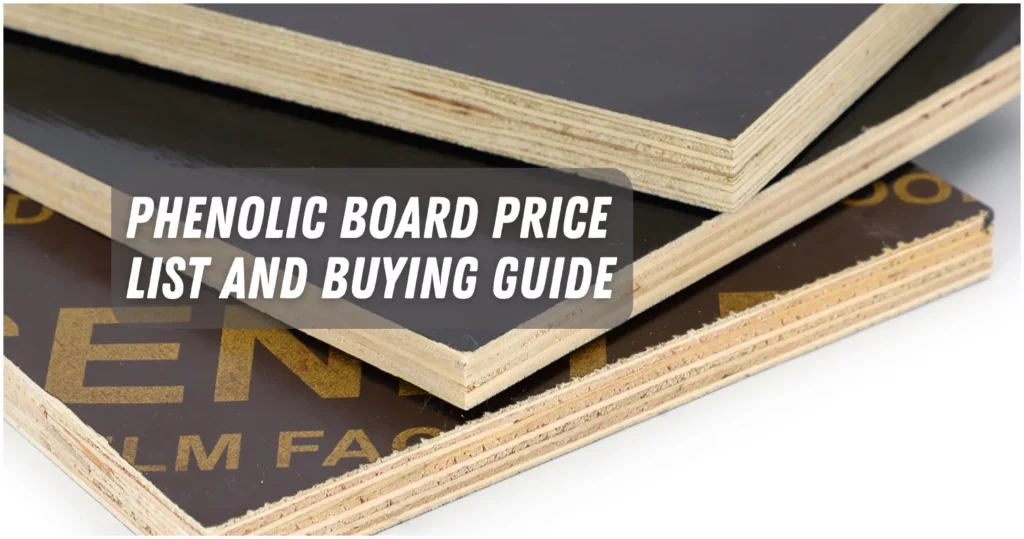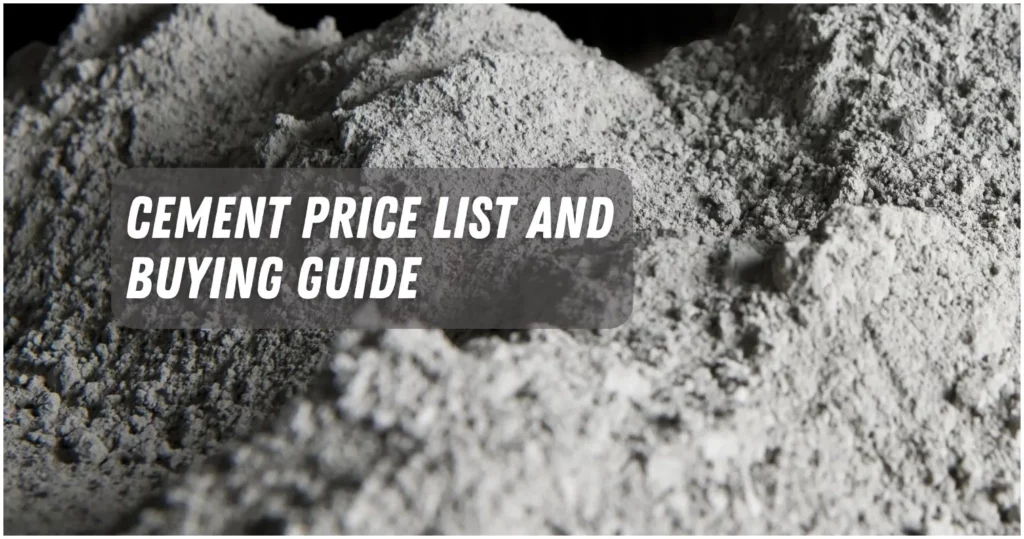Any construction job needs to know the price of concrete forms and accessories.
They are used to shape and hold the concrete until it hardens and can be taken away.
The quality, longevity, and look of the concrete surface can also be improved with the help of forms and other tools.
In this piece, we’ll talk about the price of concrete forms and accessories in the Philippines that usually ranges from ₱5 to ₱5,000 and tell you some things you should know about them.
What is Concrete Forms And Accessories
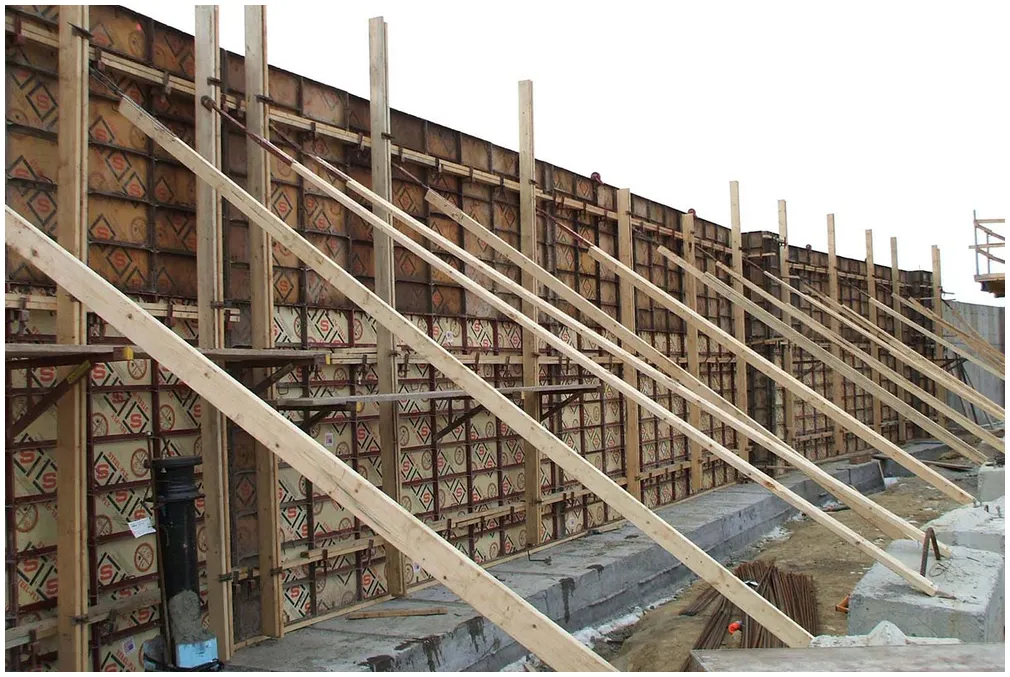
Concrete forms are temporary or permanent shapes that hold wet concrete in place until it sets. They can be made from wood, metal, plastic, or other materials.
Concrete decorations are extra things that are used to improve how well or how well the concrete forms work.
Attachments, clamps, braces, spacers, inserts, anchors, fasteners, and links are all examples of concrete accessories.
Concrete Forms And Accessories Uses
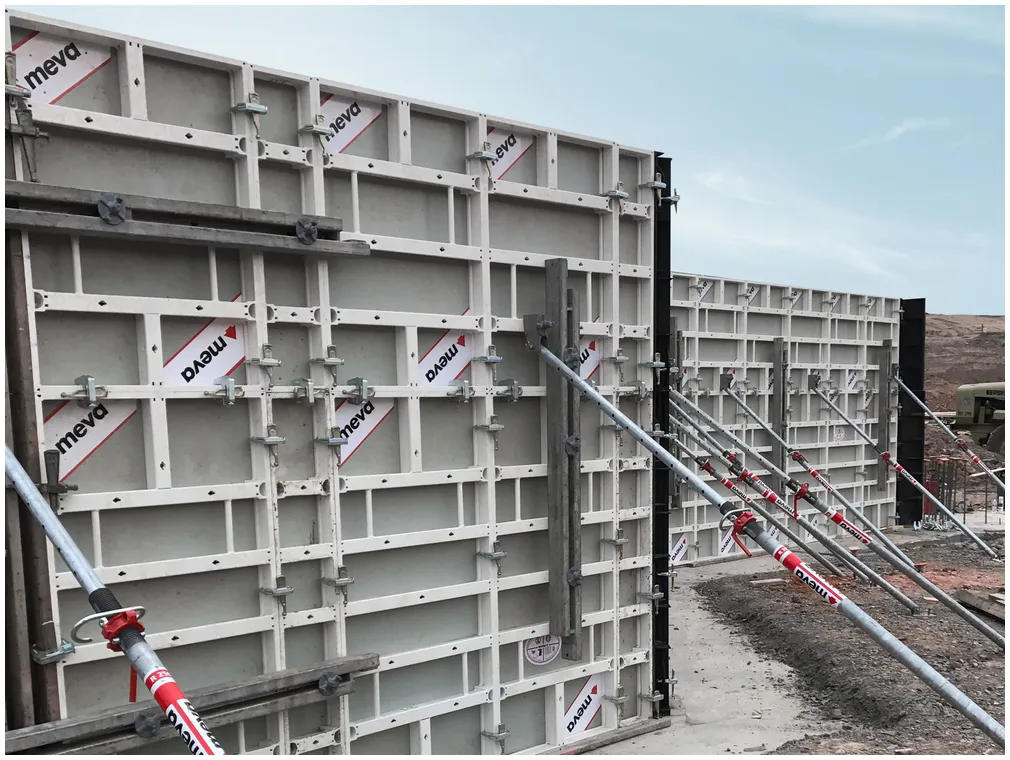
In different kinds of building projects, concrete forms and tools are used for different things. Some common ways to use it are:
- Building foundations, walls, columns, beams, slabs, stairs, and other structure parts
- Adding things to buildings like arches, shapes, angles, and patterns
- Making surfaces with patterns or textures, like stamped, stained, or polished concrete
- Making things like pipes, blocks, pavers, and precast pieces out of concrete
Is It Concrete Forms And Accessories Important
Forms and tools for making concrete are important for a number of reasons. They might:
- Make sure the concrete pieces are the right size, shape, and in the right place.
- Give the concrete building stability and power.
- Stop the concrete from leaking, breaking, or changing shape.
- Cut down on waste and you’ll save time and work.
- Make the concrete finish look better and better in quality.
Concrete Forms And Accessories Material
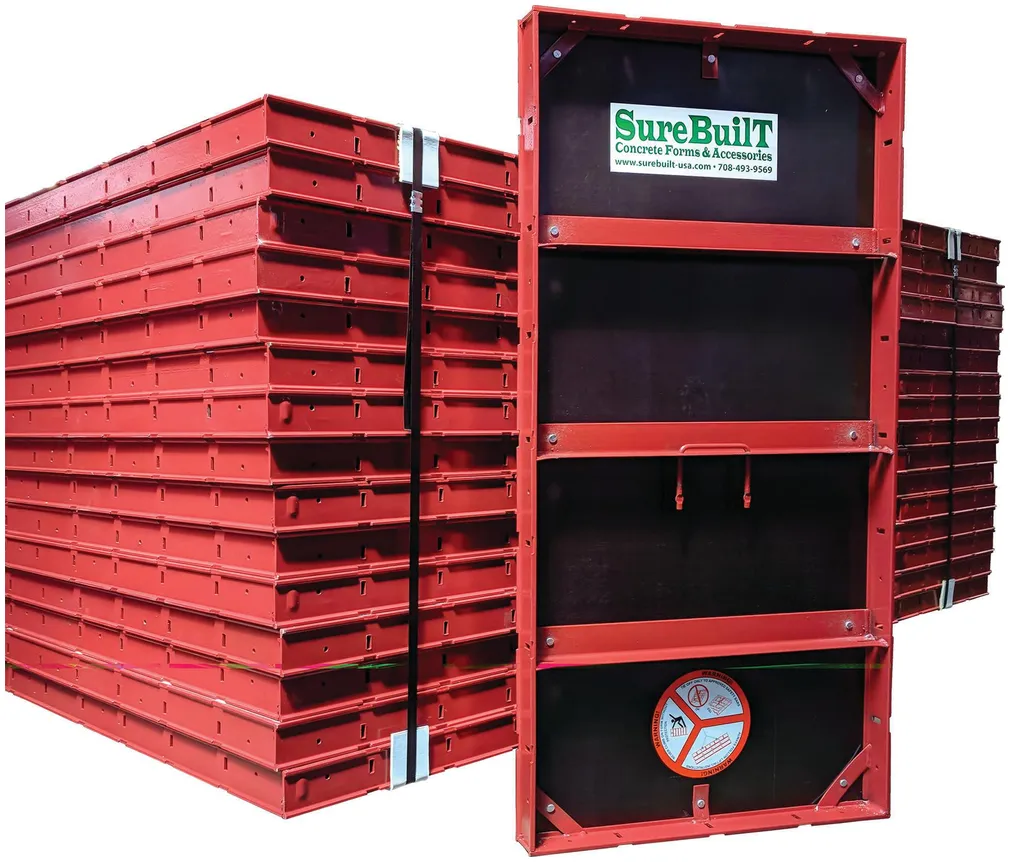
Forms and accessories for concrete can be made of different materials, based on what the project needs and what the client wants. Some of the most popular are:
- Wood:
Wood is a traditional, inexpensive, and easy-to-work-with material that can be recovered or recycled. But changes in moisture and weather can cause wood to warp, rot, or swell. With wood, you need more nails, screws, or bolts to hold the pieces together. - Metal:
Metal is a long-lasting and strong element that can handle high loads and pressures. With screws or pins, metal is also easy to put together and take apart. But metal can rust or corrode if it is not cleaned or coated the right way. To cut and make metal forms, you also need more skill and tools. - Plastic:
Plastic is a light, flexible material that can stand up to damage from water and chemicals. Plastic can also be molded into different forms and sizes, and its surface can be smooth or rough. But it can be expensive and hard to recover plastic. Plastic also needs more care and upkeep to keep it from breaking or cracking.
Concrete Forms And Accessories Price List
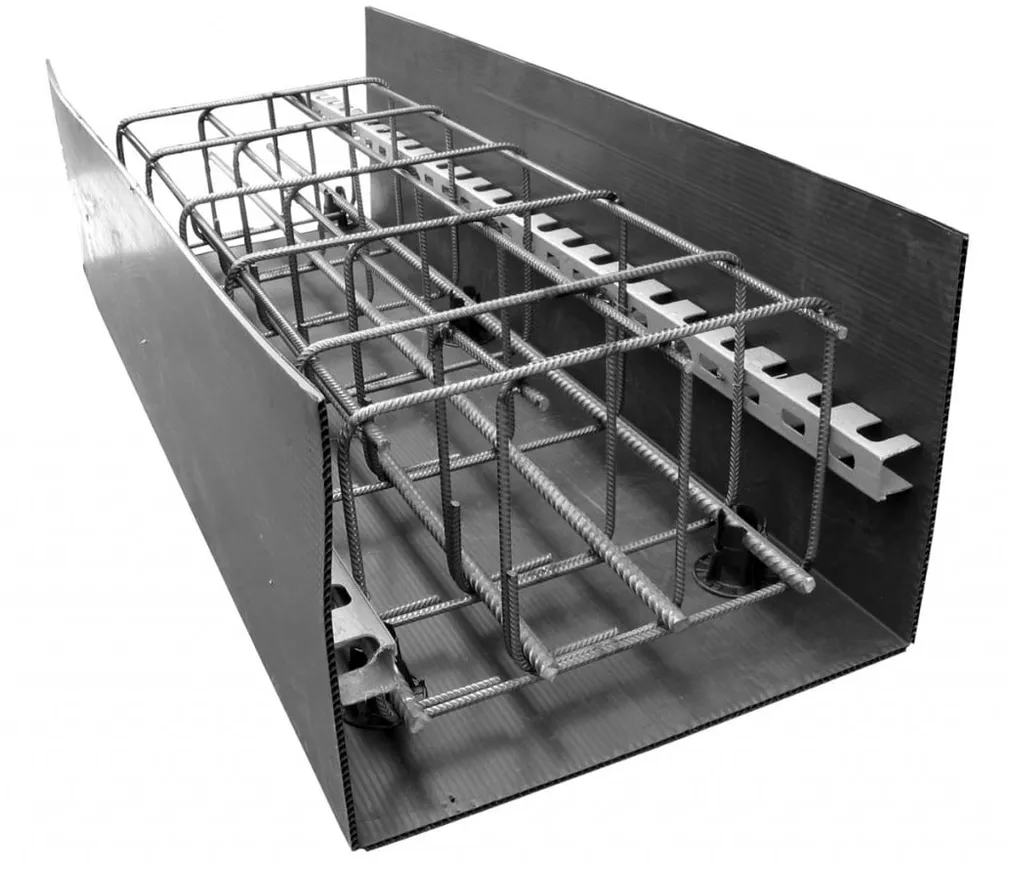
The price of concrete forms and accessories relies on many things, such as the type, size, quantity, quality, and supplier of the materials.
The price also changes depending on the market and where you live. From web sources, here are some average prices for concrete forms and accessories in the Philippines:
| Concrete Forms Accessories | Price |
|---|---|
| Spacers | ₱5 – ₱20 per piece |
| Fasteners | ₱10 – ₱50 per piece |
| Inserts | ₱10 – ₱50 per piece |
| Ties | ₱16 – ₱75 per kilogram |
| Connectors | ₱20 – ₱100 per piece |
| Anchors | ₱20 – ₱100 per piece |
| Clamps | ₱35 – ₱150 per piece |
| Wood | ₱48 – ₱270 per board foot or per piece |
| Braces | ₱100 – ₱300 per piece |
| Metal | ₱259 – ₱820 per square meter or per piece |
| Plastic | ₱1,500 – ₱5,000 per square meter or per piece |
Concrete Forms And Accessories Pros And Cons
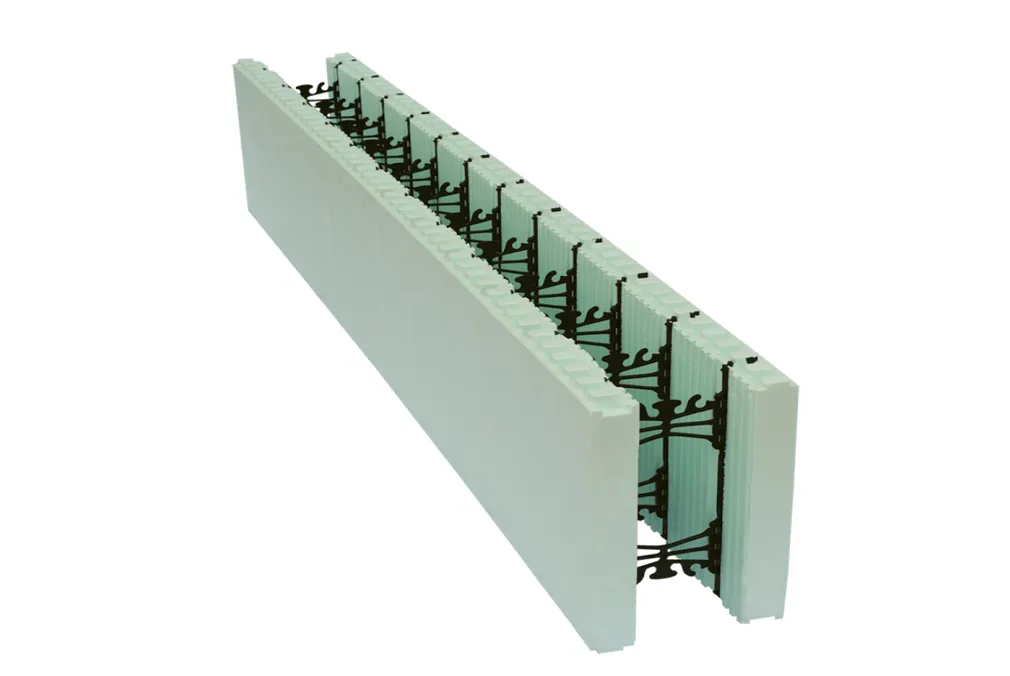
Depending on the project and your tastes, different concrete forms and accessories have their own pros and cons. Here are a few examples:
Pros:
- They can make different shapes and patterns out of concrete.
- They can make the concrete building better and last longer.
- They can save time and work and cut down on waste.
- They can make the surface of the concrete look better and give it a better finish.
Cons:
- They can be expensive and need more tools and supplies.
- They can be hard to put up and take down.
- If they are not used or cared for properly, they can cause damage or flaws in the concrete.
- They can hurt the environment in ways like making it dirty or making it hard to get rid of.
Thing You Should Know about Concrete Forms And Accessories
Before you use concrete forms and tools for your job, you should know the following:
- What materials are used in concrete forms?
Forms for concrete can be made from wood, metal, plastic, fiberglass, and other materials. Each material has its own price, longevity, availability, and ease of use pros and cons. - What is concrete and formwork?
Concrete is a mixture of cement, water, sand, and gravel that forms into a solid as it dries. Formwork refers to the temporary or permanent shapes that hold the concrete in place until it hardens. There are two kinds of formwork: those that permanent and put back in place. - What are accessories in construction?
Accessories in building are extra things that are used to complement or improve the function of concrete forms. They include clamps, ties, braces, spacers, connectors, and fasteners that help secure, align, adjust, or support the forms during building. - What is the importance of concrete forms?
Concrete forms are important because they determine the shape and size of the concrete building, provide support while the concrete hardens, affect the quality and look of the surface, and affect the cost and time of the project. - What are the best concrete forms?
The best concrete forms rely on things like budget, design preferences, project needs, and site conditions. The best forms should be durable, easy to use, flexible, and able to make smooth, beautiful concrete surfaces.
We hope this post helped you learn more about concrete forms and accessories price list in Philippines.
If you have any questions or thoughts about this topic, please feel free to contact us. Thank you for reading!
[ratings]